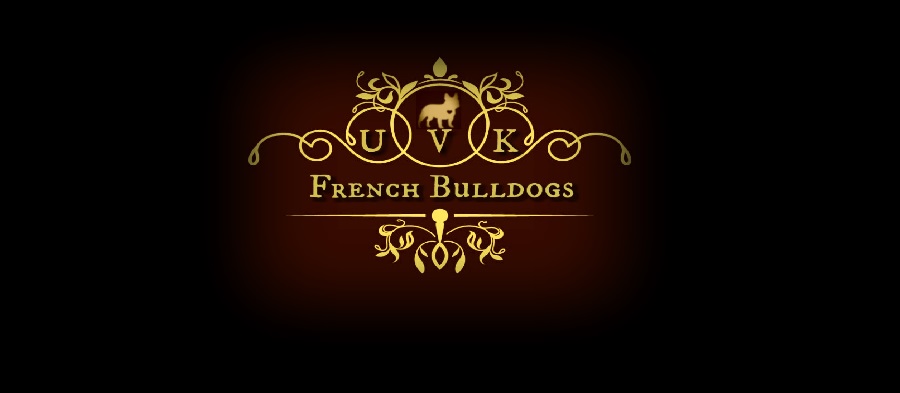Genetic dwarfism
Through the centuries, people have selectively bred dogs to retain certain genetic defects or mutations. There are many breeds of dwarf dogs where the characteristics of dwarfism are part of the breed standard. (The name Corgi literally means “dwarf dog” in Welsh.) There are three primary types of genetic dwarfism: chondrodystrophic, achondroplastic and brachiocephalic. Some breeds may exhibit characteristics of more than one kind of dwarfism, for example the Bulldog is both an achondroplastic and a brachiocephalic dwarf. Chondrodystrophic is the abnormal cartilage growth resulting in shortened legs
Associated health problems are intervertebral disk disease (IVDD), Osteochondritis Dissecans (OCD), hip dysplasia , vertebral malformations, disk herniation, spina bifida, reproductive problems .
Keeping a dwarf breed dog at optimum weight is one of the best preventative measures as being overweight puts stress on vertebrae, leg bones and joints, and even more important for brachiocephalic dogs, heart and lungs. Because their nasal passages are smaller, making it more difficult to circulate sufficient air for cooling, brachiocephalic dogs are more prone to heat discomfort and heat stroke. Keep cool water readily available and take all necessary steps to prevent overheating.
Breeds commonly associated with achondroplastic dwarfism are basset hounds, dachshunds, shih-tzus, pekingese, sharpeis and English and French bulldogs. These dog always have limbs that are shorter than their body and often have over-large heads as well.
Achondroplastia - Because of the way in which achondroplasia/chondrodystrophy affects cartilage and other connective tissue throughout the dog, in addition to the issues that the dog will experience (vastly decreased growth, twisted bone, and spinal disc calcification), there are some problems that are a lot more common in dwarfed dogs. Where bones come together, dwarfed dogs have shorter, wider, shallower joints than longer-legged dogs do. The dwarfed hip has almost no neck on the femoral head. The femoral head is flattened and tends to form a “cap” rather than a smooth egg shape. And the acetabulum (the socket, which is part of the pelvis), in order to remain functioal with the femoral head, is also wider, shallower, and flattened.
